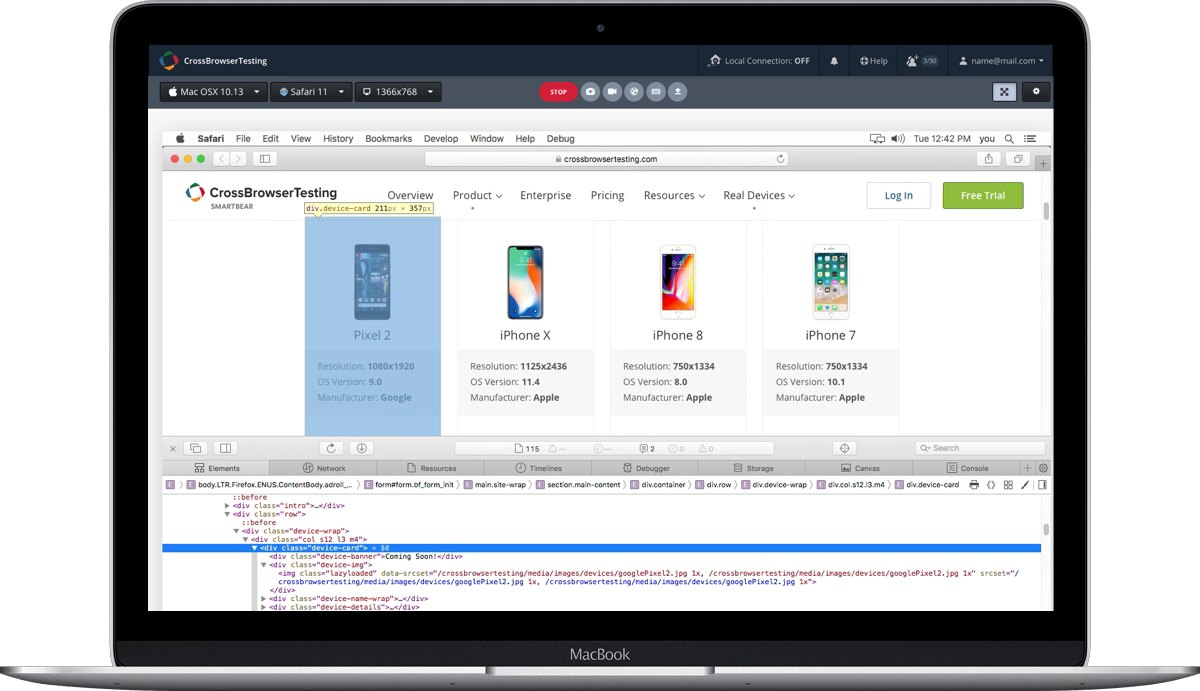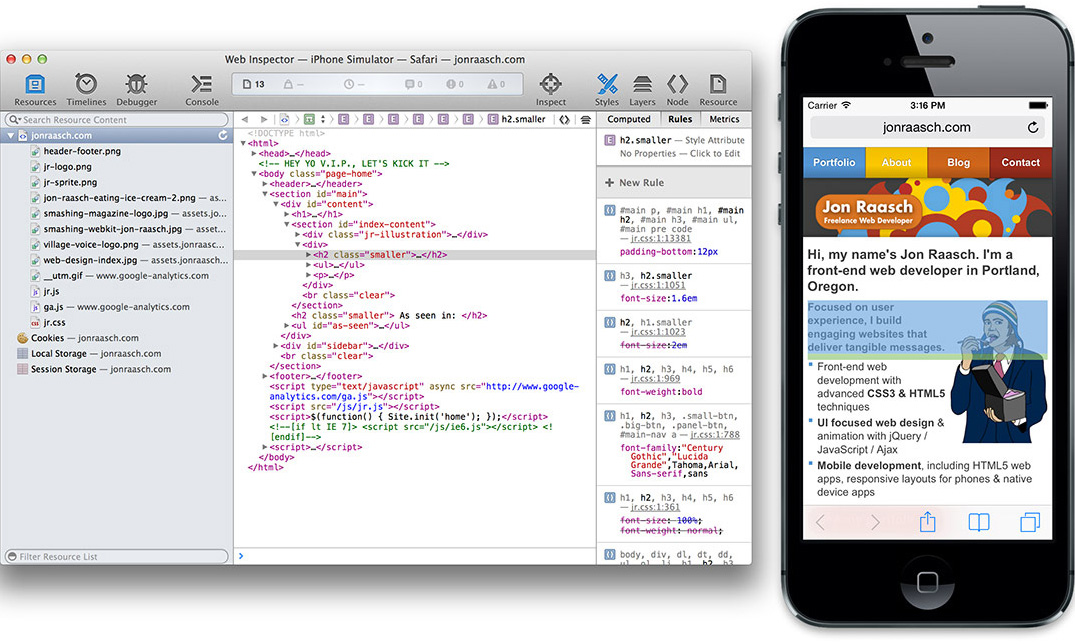
If you’re using other tools, you may run into a popular format used by bikers that uses the tag. My favorite is mapstogpx, which will generate GPX files from directions from google maps. There are many tools to create large GPX files easily. These tags are ignored by Xcode currently (sorry Pokémon Go spoofers!). You can see there are additional tags (, ) not mentioned by the notes Xcode generates. Next you’ll need to create the GPX file You can use Xcode to create the GPX file In Xcode navigate to File→New→File… This will give you the option to select a template The ‘GPX’ template should be under macOS, you may filter by ‘gpx’ and you should see the option, select and click Next: See above for a quick way to obtain this from google maps. Getting a GPX file A GPX file uses latitude and longitude to specify location, first you’ll need to find this data. To do that you’ll need a custom GPX file. Say you want to show the user information about the local football team that is not in any of the default cities. You may have noticed when setting the location in the scheme or after the app is running, the option to Add GPX File to Workspace… The built in locations are useful but sometimes you want to check a specific location on a device.
#Mobile safari emulator mac update#
Once you’re running the app with a new location you may need to open the maps app to force the system to update the location.
#Mobile safari emulator mac simulator#
The device or simulator should now show as at the location you have selected. The device should immediately start using that location Navigate to Debug→Simulate Location and select any location in the list. The next time the app is run it will use whatever you’ve selected Setting a location after a build is running (Allow Location Simulation must be enabled in the Scheme):ġ. Click the dropdown next to Default Location and select any location you wantĢ.

To set a default location to be used when the app is run from Xcodeġ. Once you have your app running in the simulator, navigate to Debug→Location in the menu. Here we’ll go over each option step by step. While you can set location easily using the Simulator, Xcode provides much more powerful tools for setting custom locations and even simulating movement. The following steps assume you have an existing project running from Xcode on your mac. While there are other methods, Xcode does not require wiping the device and can be used with the latest version of iOS.

To save time or check how the product works in a remote location, we can simulate location. This can be a challenge in testing, and while we can and do take an actual run or drive to check that we’re updating the location accurately, this can take a lot of time and is limited to only our local area.

This enables us to do things such as change content dynamically based on where you are or track a route of a hike or a run. Occasionally WillowTree is tasked with tracking location using our mobile apps.


 0 kommentar(er)
0 kommentar(er)
